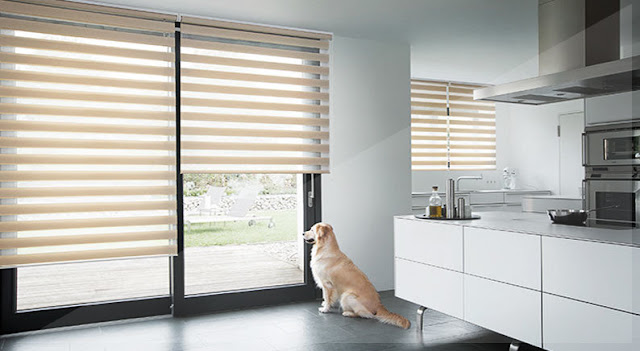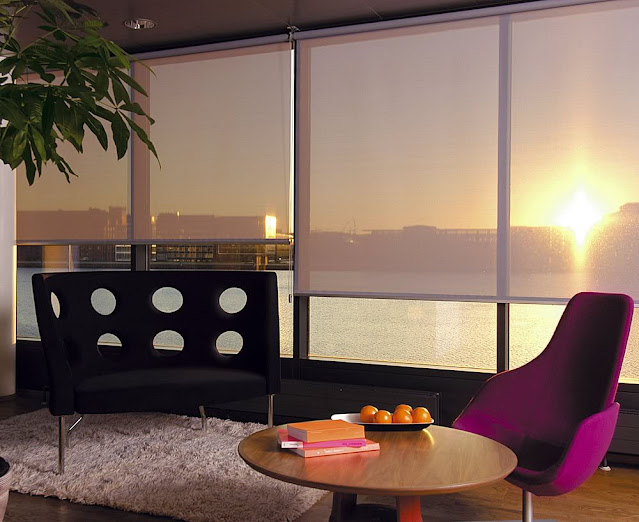How To Choose The Right Wood Blind For Your Home

When it comes to windows and doors, there is a Right Wood Blind you need to keep in mind to ensure they last for years.
What are Wooden Blinds?
Wood blinds are a type of window covering made from wooden slats that can be lowered or raised to provide privacy or light. They come in many different styles and colors and can be used in a variety of settings, such as homes, offices, and hotels.
Why You Need Wooden Blinds?
Wooden blinds are a great option for anyone looking for natural light and privacy. They are affordable, easy to install, and look great in any home. Blockout Blinds Auckland There are many different types of wooden blinds to choose from, so you can find the perfect one for your needs.
Some of the benefits of using wooden blinds include:
1. They are eco-friendly. Wooden blinds use less energy than other types of window coverings, making them an environmentally-friendly choice.
2. They provide privacy. With wooden blinds blocking out most light, you can enjoy your surroundings without being disturbed by others in the house.
How to Choose the Right Wood Blinds?
When looking to buy wooden blinds, there are a few things to keep in mind. The material, size, and style of the slats will all affect how the blind looks and performs. Here are some tips on how to choose the right wooden blinds for your needs:
First, consider what type of material you want your wooden blinds to be made from. There are several different types of wood available, each with its own unique properties and features. Some of the most common types of wood used for making wooden blinds include pine, oak, maple, and birch. Each has its own unique qualities that can affect how well your blind will perform. Blockout Blinds Auckland For example, oak is strong yet flexible so it can withstand heavier weights without breaking, while birch is more pliable so it's better suited for use in tension-free areas such as window frames.
Once you've decided on the type of wood you want your wooden slats to be made from, consider the size of your eventual window treatment. Most traditional wooden shutters range in size from 1/2 inch to 2 inches wide by 2 feet tall or wider. If you're looking for smaller-sized shutters, oak is the best option because it has a thicker wood grain that resists wear and tear. If you're looking for larger shutters, birch is a better choice because it's more affordable and has lighter weight.
Next, consider the style of the wood blinds you want. There are several different styles to choose from, each with its own set of features and benefits. Traditional wooden blinds are made out of wooden slats that are fixed in place along one or both sides of a window. This type of blind is generally easier to install than tension-free or semi- tensioned blinds, but it can be less visually appealing because all the slats are in one location. Tension-free and semi-tensioned blinds use cords or strings to suspend the slats from either the top or the bottom of the window. This type of blind allows for more flexibility when selecting fabrics for your window coverings, as well as increased privacy because no one can see into your room from outside unless they're standing directly in front of your window.
Finally, consider how much money you want to spend on your wooden slat blinds. Although there are several affordable options available, some higher-end brands offer better quality materials and performance than their budget-friendly counterparts. Before making a purchase, be sure to read reviews online to get an idea of what people who have actually purchased the product think about it.
Conclusion
Wooden blinds are a great way to improve your home's energy efficiency. They are well-insulated, easy to install and look great.



Comments
Post a Comment